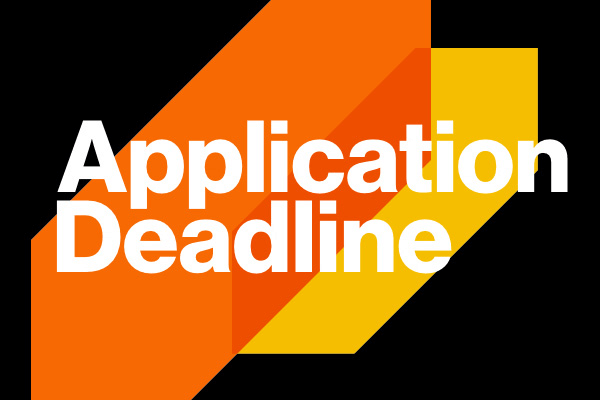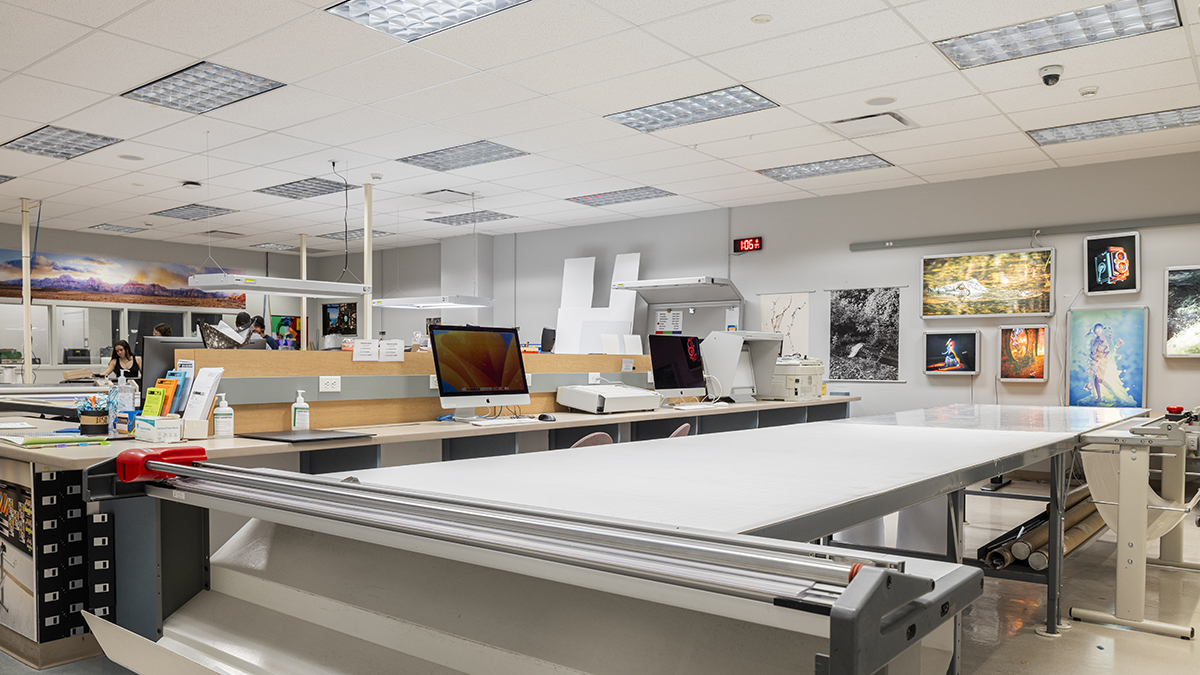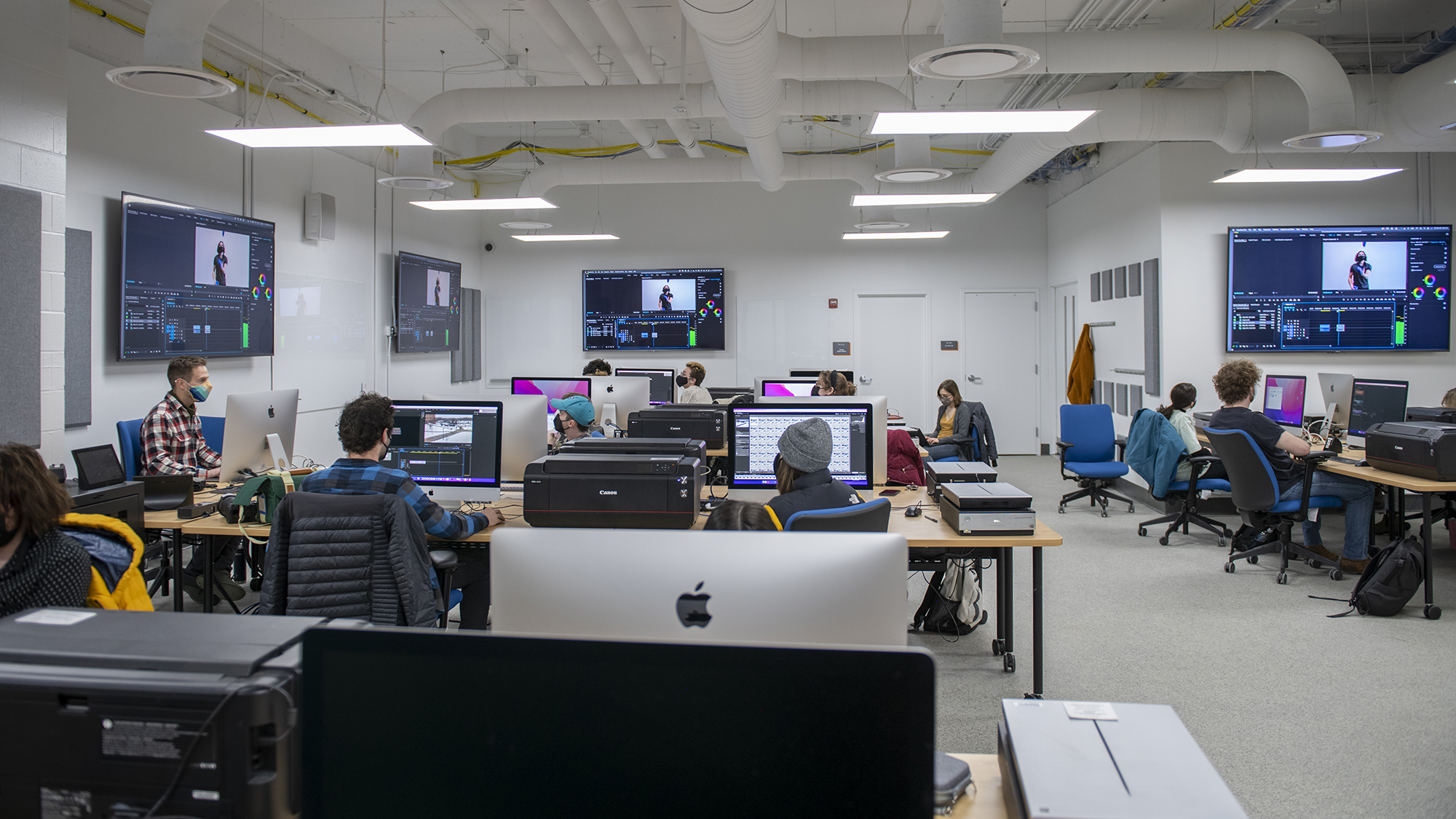Advertising Photography Option - Photographic and Imaging Arts BFA
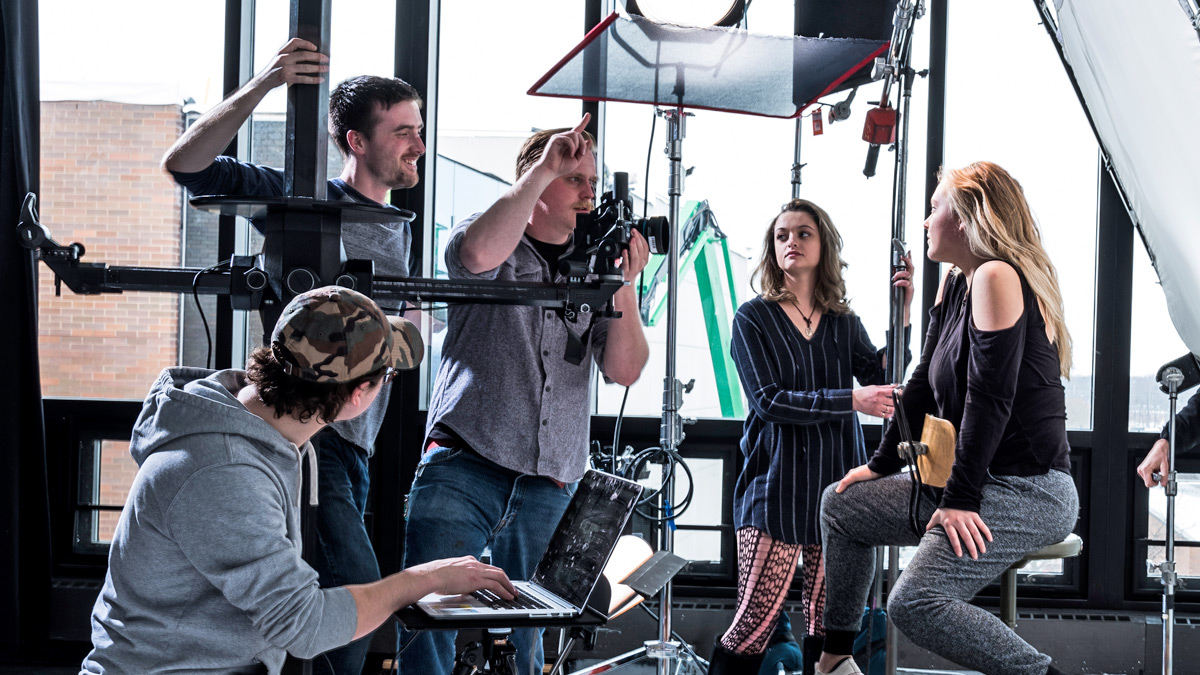
Advertising Photography Option
Photographic and Imaging Arts BFA
- RIT /
- College of Art and Design /
- Academics /
- Advertising Photography Option - Photographic and Imaging Arts BFA
RIT's BFA in advertising photography prepares you for diverse and rewarding careers in the field of visual communications.
Overview for Advertising Photography Option - Photographic and Imaging Arts BFA
Why Study Advertising Photography at RIT
Industry Exposure: The School of Photographic Arts and Sciences brings various visiting professionals, events, and talks.
Gain Real-World Experience: Gain hands-on experience in the classroom and through paid work opportunities like internships and co-op.
RIT’s BFA in commercial photography encourages and nurtures your individual image-making practice, so you can learn to create photographs and moving media for a wide range of commercial use in today’s ever-changing media environment. This option is part of the Photographic and Imaging Arts BFA program.
RIT’s BFA in Advertising Photography
Within the advertising photography BFA you will study the inner workings and business aspects of the photographic and imaging industries. Work collaboratively to conceive and execute camera-based work that is both cutting-edge and strategic. Along with conventional print-based imagery, you may also work in moving media, with emerging and interactive technologies that have real-world applications in the commercial industry.
The commercial photography degree provides flexibility and specialization:
- Advanced courses allow you to explore a variety of commercial specializations from traditional still life and portraiture to interdisciplinary courses.
- Take elective courses from other departments across the university, in majors as diverse as graphic design, visual culture, philosophy, or fine art, in order to enrich your personal visual expression.
- Projects provide opportunities to develop a strong professional portfolio throughout your time in the program as well as real-world team collaborations with other RIT student graphic designers, new media artists, industrial designers, and computer scientists.
- In an ever-growing global market, RIT encourages and offers many study-abroad opportunities.
-
First-Year Applications Due Soon
Apply by Jan. 1 for Early Decision II and by Jan. 15 for Regular Decision.
-
Join Us for Accepted Student Open House
Visit campus on March 28 or April 11 to meet faculty, tour campus, and ask your questions.
Careers and Experiential Learning
Typical Job Titles
| Advertising Photographer | Architectural Photographer | Art Director |
| Art Producer | Artists’ Agent | Editorial Photographer |
| Entrepreneur | Fashion Photographer | Food Photographer |
| Image Retoucher | Photo Editor | Portrait Photographer |
| Prop Stylist and Videographer | Sports Photographer | Still Life Photographer |
| Studio Manager | Studio Photographer |
Cooperative Education and Internships
What’s different about an RIT education? It’s the career experience you gain by completing cooperative education and internships with top companies in every single industry. You’ll earn more than a degree. You’ll gain real-world career experience that sets you apart.
Co-ops and internships take your knowledge and turn it into know-how. Co-op in the College of Art and Design provides hands-on experience that enables you to apply your artistic capabilities in dynamic professional settings while you make valuable connections between classwork and real-world applications.
Advertising Photography Internships: Students participate in internships with some of the nation’s most respected professional photographers, advertising and design agencies, magazine publishers, photography agents, equipment rental, and production services. Working in a variety of commercial and studio environments, students have the opportunity to learn from photographers, picture editors, art directors, and other professionals. In collaboration with their professors and the Office of Career Services and Cooperative Education, students identify and apply for relevant internships, which provide real-world work experience that becomes an invaluable part of students’ educational experience.
Creative Industry Days
Connect with Design Industry Leaders
RIT’s Office of Career Services and Cooperative Education hosts Creative Industry Days, which connects students majoring in art, design, film and animation, photography, and select computing majors with companies, organizations, creative agencies, design firms, and more. Creative Industry Days are a series of events that allow you to network with company representatives and interview directly for open co-op and full-time employment positions.
Career Opportunities in Advertising Photography
A significant number of graduates become self-employed freelance photographers working all over the country. They also work at advertising agencies and magazines as producers and picture editors. Companies hiring our graduates include Saks Fifth Avenue, Conde Nast Publications, Martha Stewart Living, Neiman Marcus, and many others.
Featured Work and Profiles
-
Photographing a who's who of celebrities
Kwaku Alston '94 (photography) was named RIT's Outstanding Alumnus for 2024-25 for his highly notable portraits of the likes of the Obamas, Beyoncé, Brad Pitt, Chadwick Boseman and LeBron James.
Read More about Photographing a who's who of celebrities -
Short Attention Span Film Festival 2023
RIT's Short Attention Span Film Festival is a showcase of moving media projects by students from a variety of majors in the College of Art and Design. Submission include animations (2D, 3D and stop...
Read More about Short Attention Span Film Festival 2023 -
Photographing Bills Mafia
Clay Patrick McBride RIT faculty and students captured the unique pre-game traditions and unbridled passion of Buffalo Bills fans for a story and picture essay featured in Sports Illustrated.
Read More about Photographing Bills Mafia -
Renowned Editorial and Commercial Photographer
Clay Patrick McBride Senior Lecturer Clay Patrick McBride is an editorial and commercial photographer celebrated for his portraits of world-class athletes, musicians and celebrities. He has captured portraits of the likes...
Read More about Renowned Editorial and Commercial Photographer -
Why You Belong in RIT's College of Art and Design
Todd Jokl, Mari Jaye Blanchard, Melissa Dawson, Clay Patrick McBride Get an in-depth look at RIT's College of Art and Design from our faculty and students. Let us share with you how our community of artists pushes the boundaries of creativity and innovation. And...
Read More about Why You Belong in RIT's College of Art and Design -
Industry-standard Photography Equipment
RIT's School of Photographic Arts and Sciences Cage is an unparalleled checkout space housing a range of photography equipment you won’t find anywhere else. From specialty lenses to camera...
Read More about Industry-standard Photography Equipment
Admissions and Financial Aid
This option is part of the Photographic and Imaging Arts BFA. Please visit the degree program page for admission requirements.
Financial Aid and Scholarships
100% of all incoming first-year and transfer students receive aid.
RIT’s personalized and comprehensive financial aid program includes scholarships, grants, loans, and campus employment programs. When all these are put to work, your actual cost may be much lower than the published estimated cost of attendance.
Learn more about financial aid and scholarships
Related News
-
October 22, 2025
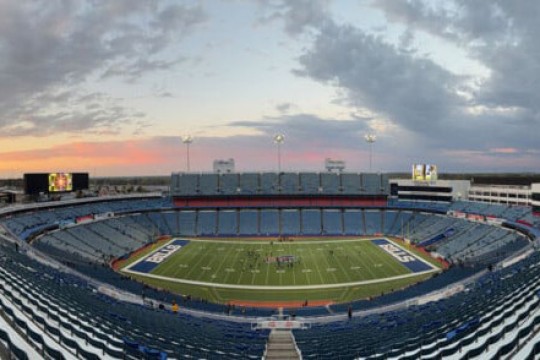
How 6,500 People Lit an Incredible 360° Nighttime Panorama of an NFL Stadium
PetaPixel speaks to Eric Kunsman, assistant professor in the Department of Visual Communications Studies, about the logistics of planning an event like Big Shot.
-
September 24, 2025

New School of Film and Animation director, faculty roles for 2025-26
Ricky Figueora taking over as the new director of RIT's School of Film and Animation headlines exciting promotions and additions to the College of Art and Design faculty.
-
August 27, 2025

Big Shot 37 set to touch down at Buffalo Bills Highmark Stadium
On Saturday, Oct. 11, the Big Shot will return for its 37th event to illuminate the Buffalo Bills Highmark Stadium. RIT and the Bills invite the community to shine a light on the interior of the stadium to document the iconic location before it closes, making way for a new stadium set to open in 2026.
Contact
- William Snyder
- Professor, Photo Arts and Sciences
- School of Photographic Arts and Sciences
- College of Art and Design
- wdspph@rit.edu
School of Photographic Arts and Sciences





